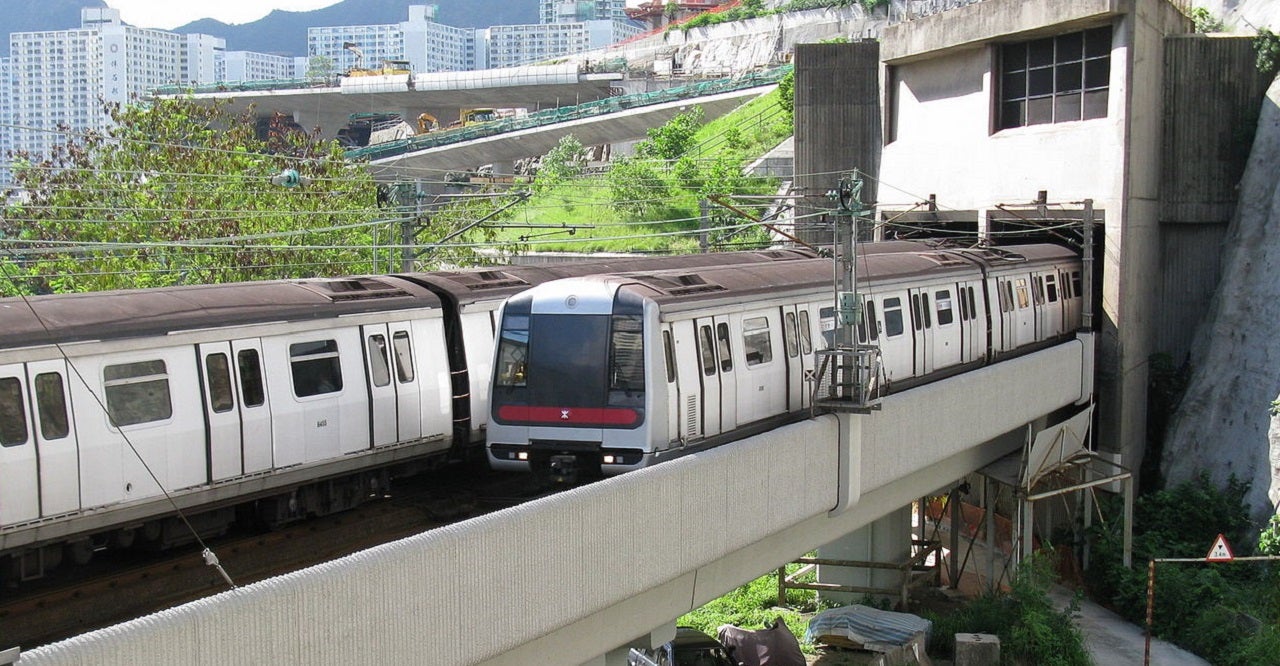
Hong Kong’s MTR Corporation has announced that the real-time track performance monitoring system will be extended across the network to further boost track monitoring, maintenance and reliability.
Currently in use on the East Rail Line, the monitoring system will be deployed in phases within two years.
This comes after the corporation reported the results of the investigation into the Light Rail derailment incident, which occurred on 29 August last year.
The Investigation Panel has recommended starting the installation of the monitoring system in two light rail vehicles (LRVs).
The first LRV will commence operations by the end of March while the second LRV will be put into operation in the second quarter of this year.
The monitoring system continuously examines the track condition in real-time throughout traffic hours.
How well do you really know your competitors?
Access the most comprehensive Company Profiles on the market, powered by GlobalData. Save hours of research. Gain competitive edge.

Thank you!
Your download email will arrive shortly
Not ready to buy yet? Download a free sample
We are confident about the unique quality of our Company Profiles. However, we want you to make the most beneficial decision for your business, so we offer a free sample that you can download by submitting the below form
By GlobalDataIt allows the maintenance team to observe any deviations in the main track parameter trends by using a data analytic tool, enabling them to arrange timely maintenance follow-ups.
According to the Investigation Panel, the derailment occurred due to the widening of localised gauge and reduced lubrication.
Immediately after the incident, the corporation carried out examinations on all the critical turnouts in the light rail system and changed the relevant turnout switch rail, stock rail and external check rail.
In addition, it also revamped turnout maintenance procedures, increased the frequency of rail lubrication, and established a steering group to check the progress of enhancement works.
MTR operations director Dr Tony Lee said: “Safety is of utmost importance to MTR operations. The corporation is keen to ride on new technology to enhance operational efficiency. Introducing the real-time dynamic track performance monitoring system and implementing the enhancement measures recommended by the Investigation Panel will further strengthen our monitoring of railway tracks.
“We can then follow up with preventive measures and conduct any necessary repairs quickly when an irregularity is detected. By doing so, we can make our overall train service smoother and more reliable.”






